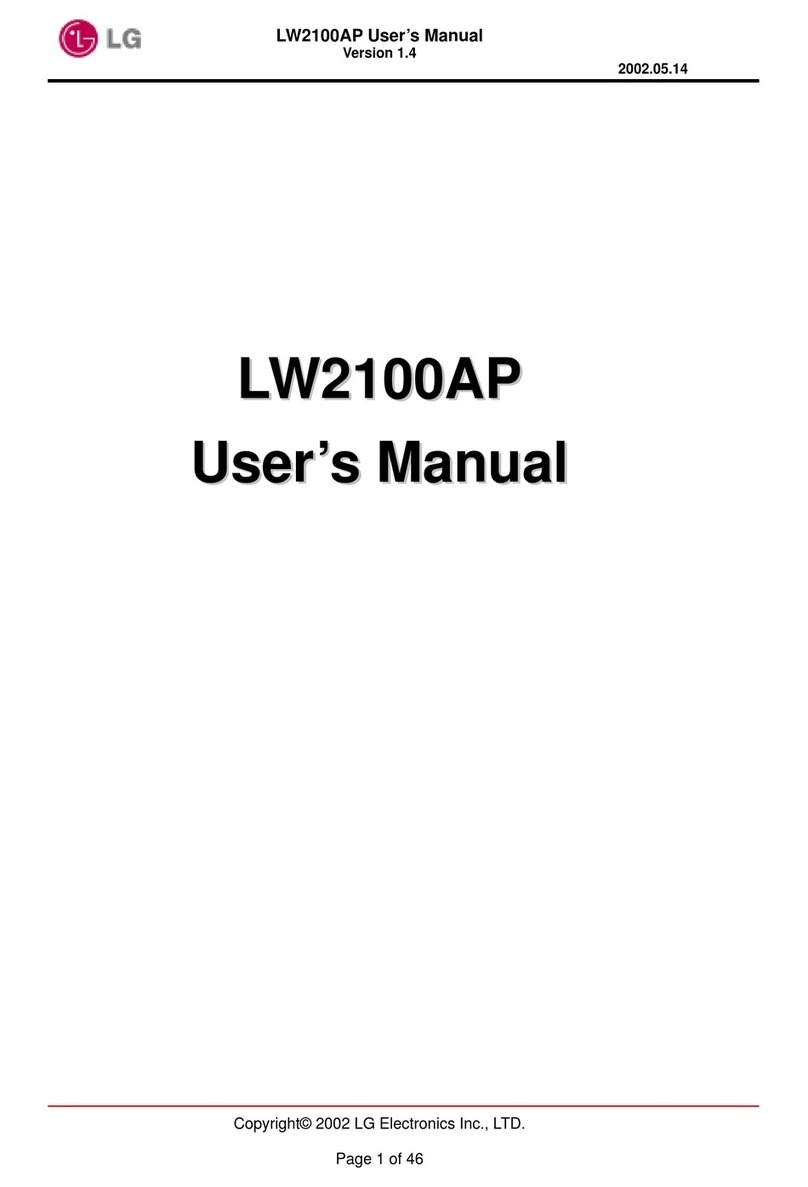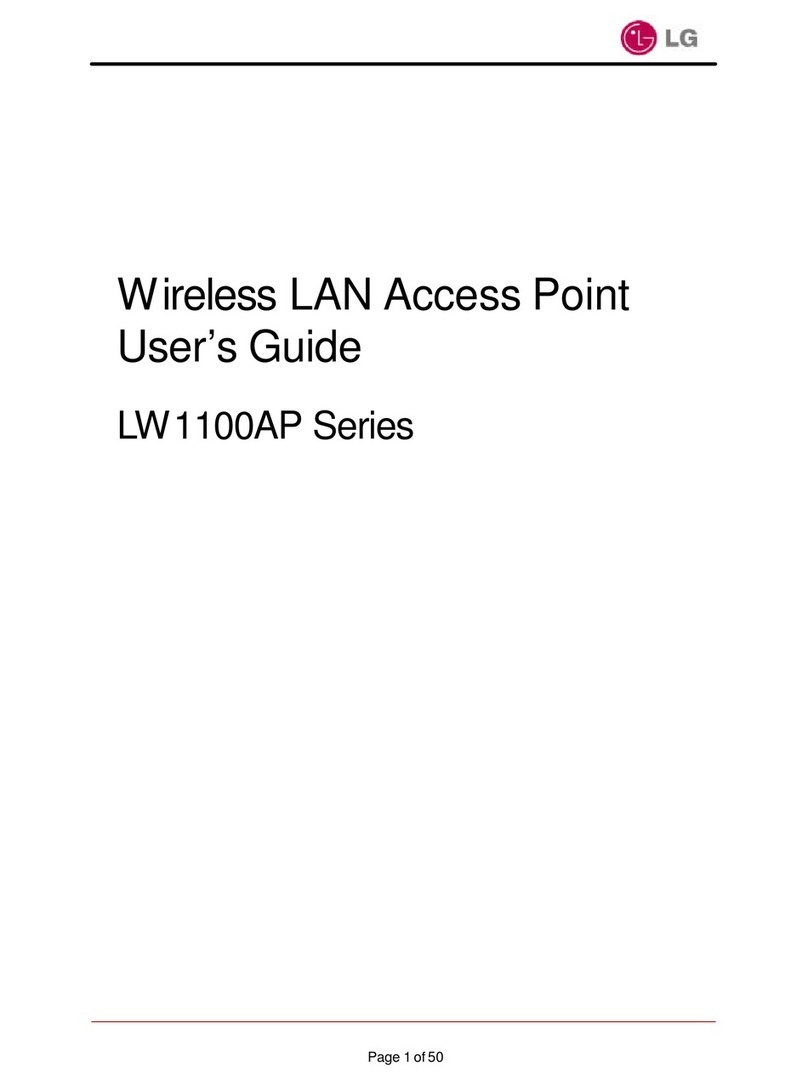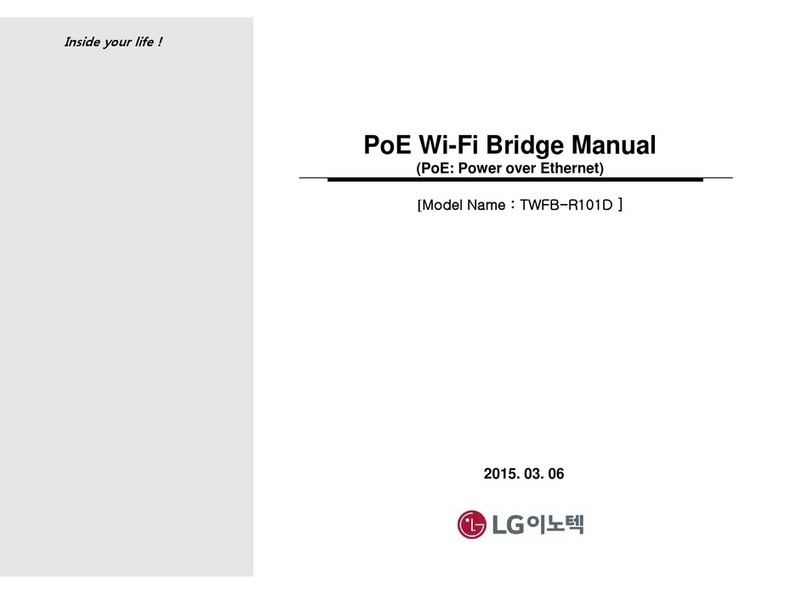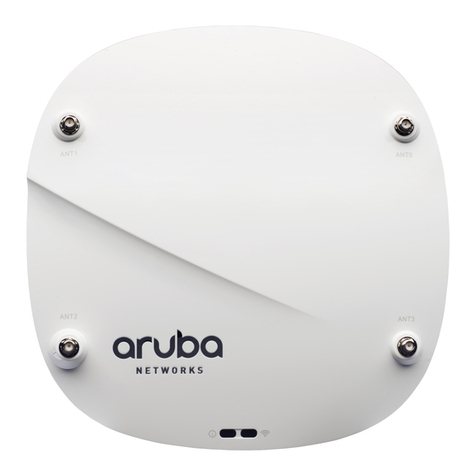
demodulation. The signal then goes to the high impedance input of the HFA3683 upconverting mixer
for conversion to the 2.4GHz -2.5GHz band. The mixer output goes to the pre-amplifier, in the
HFA3683, amplifies the signal and easing the requirement for HFA3983 RFPA gain.
FL2, a two pole dielectric bandpass filter, is used to suppress both transmit LO leakage and the
undesired sideband. The HFA3983 RFPA amplifies the transmit signal to approximately +18dBm.
The transmit sidelobe performance is approximately -30dBc. Allowing for a 3dB loss in the band
select filter FL1, this gives a final output power of +15dBm.
2.2 Transmit Chain Front End Cascade Analysis
The large gain in the Power Amplifier, HFA3983, keeps the signal level small for the whole chain
before it. This helps conserve supply current and the cost associated with devices that need to
handle large signals.
The output power at the RF filter is shown as 15dBm, with the output of the Power Amplifier at
18dBm. The design has been optimized for the best use of supply current and cost of the PA. If the
output power was lower, the supply current and cost of the PA could be saved with smaller and
cheaper devices. If the output power was higher, the signal will be too close to the P1dB and the
signal will have excessive distortion, causing regrowth of the side lobes. The transmitted signal must
suppress side lobes to -30dB to meet the 802.11 spectral mask specification.
Therefore, the output power needs to be controlled verycarefully. The run to run variation in gain
and insertion loss of the elements in the transmit chain requires either a manual power adjustment or
an active power adjustment feedbackcircuit. In this design, a manual potentiometer is used to adjust
output power and side lobe performance on each unit during manufacturing. For purposes of this
analysis, the variable attenuator shows 0dB loss and the Modulator output as -12dBm. This was
done for illustration purposes only, in actuality the Modulator output has a relatively large output
(200mV P-P ) that needs to be significantly attenuated to the level indicated.
2.3 Power Amplifier(HFA3983)
The HFA3983 is fabricated in the fastestSiGe BiCMOS process available, allowing superior RF
performance, normally found only in GaAs ICs. Costeffective functions, normally requiring external
components,are integrated into one IC. The HFA3983 integrates the following functions in one
compact 28 pin EPTSSOP:
Two Stage, 30dB Gain RFPA,
Logarithmic power detect function (15dB Dynamic Range),
CMOS level compatible Power Up/Down function,
Single Supply, 2.7V to 3.6V Operation.
The HFA3983 contains a highly linear RFPA designed to deliver 18dBm and meet an ACPR
specification of -30dBc in the 2.4 to 2.5GHz ISM band. The performance of this twostage RFPA can
be optimized by adjusting the bias current in each stage with a dedicated resistor. No external
positive or negative power supplies are required to set the bias currents. The on chip bias network






























